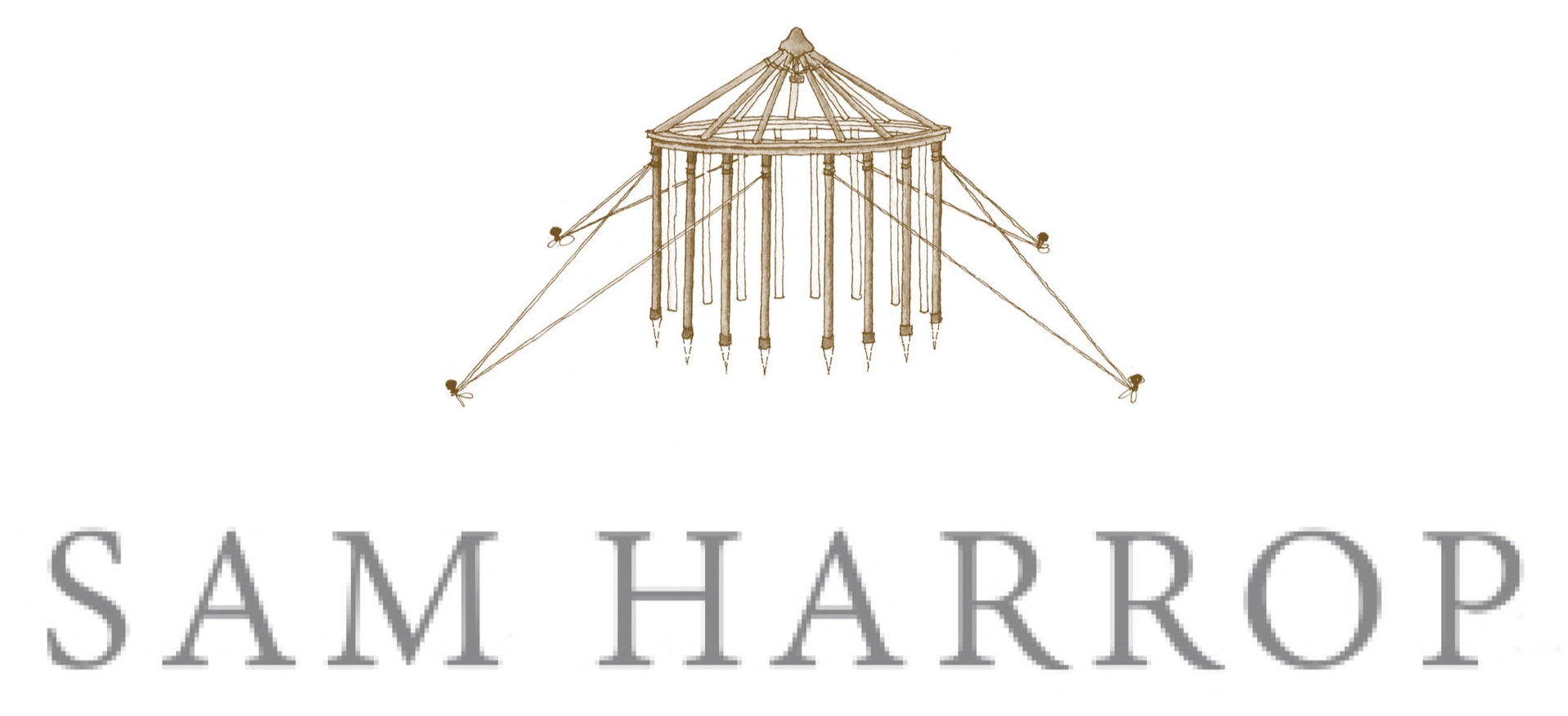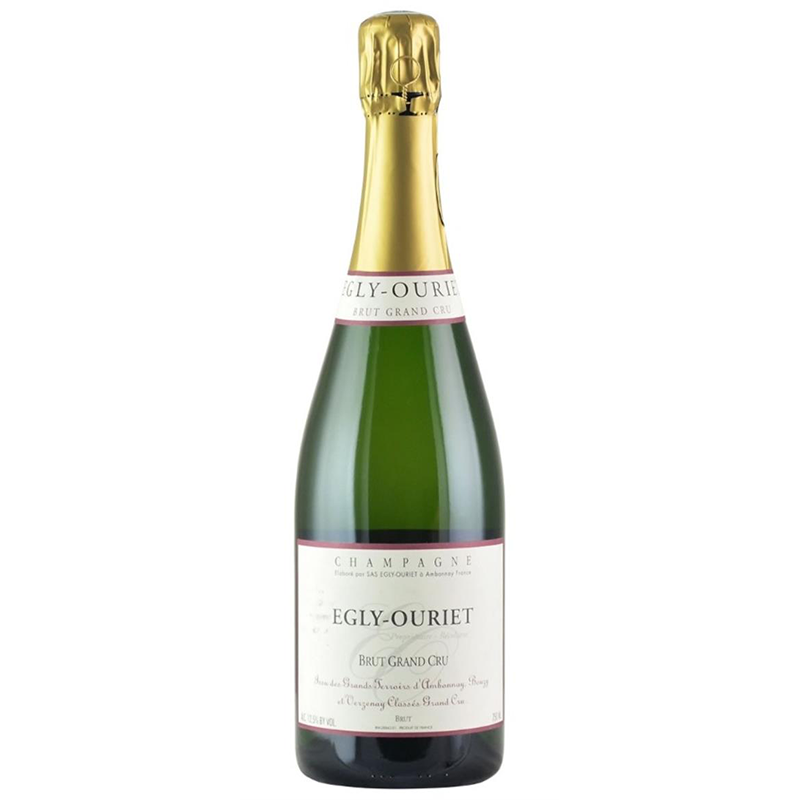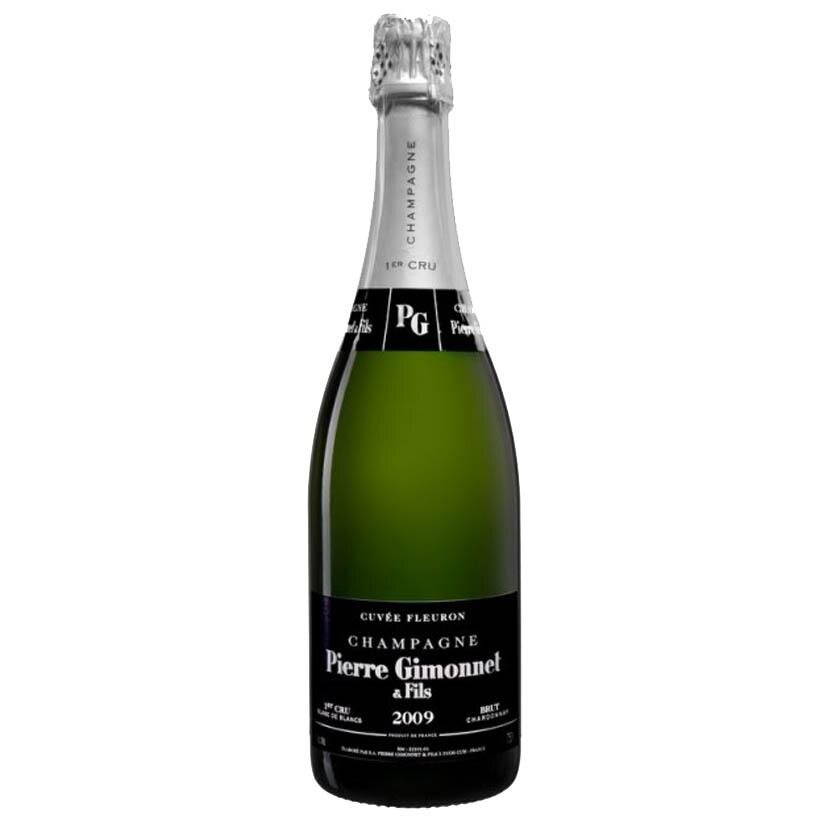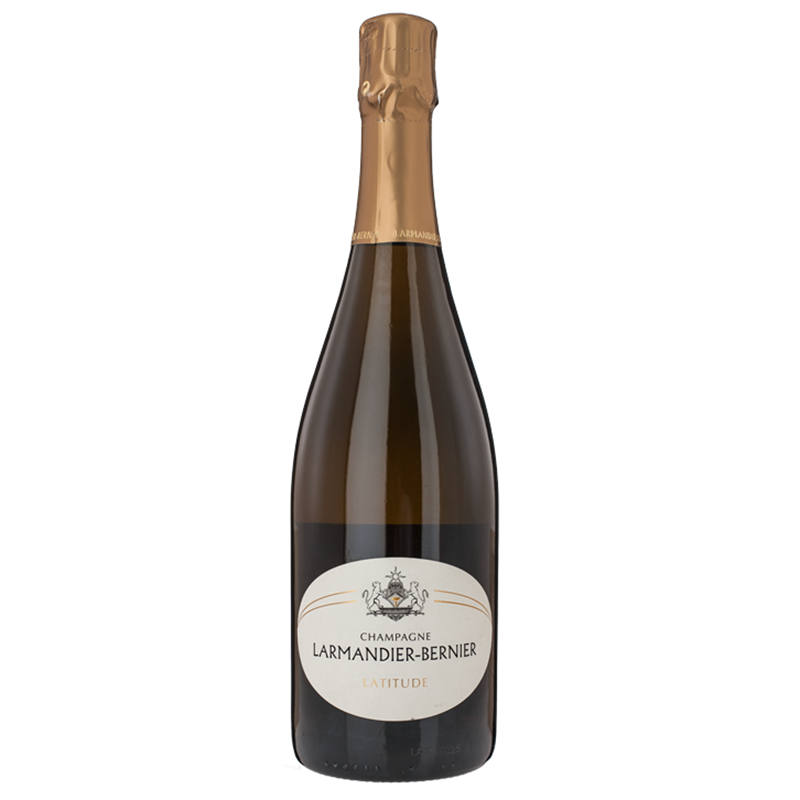A Growing Mindset
Martin Luther King Junior once said, “If I cannot do great things, I can do small things in a great way.” Being a tiny producer with limited resources, this ethos has been at the core of my project since launching in 2015.
Mine is not just a small enterprise, it’s a nano enterprise. I make 9 unique, single vineyard wines each year and each cuvée is normally between 700 and 1000 bottles. As a result, I know a thing or two about the challenges of the vertically challenged. If you can’t stand out in a crowd you have to climb to be seen. And what’s the stepping stone? For me at least, exceptional wine quality is not enough; you need an abundance of context (unique and authentic selling points that are the lifeblood of smaller producers). Many (but not nearly enough) wine lovers have a real interest in context. To these inquisitive consumers, the pleasure comes from both a sensory and cerebral experience. An understanding of the site, soil, vine age, clones, winegrower techniques and ideology, help put the wine into context. This knowledge helps the mindful imbiber get the most out of the bottle and to heighten the drinking experience.
One relatively new category in the premium sector of wine that does this better than most, is the Grower Champagne category.
So what is it?
Well before explaining what it is, it’s essential to understand what it’s not.
For almost two hundred years the bubbly elixir that is Champagne, has been the drink of choice at special celebrations. Over this time the category has been run by the larger branded houses, think Veuve Clicquot, Moet, etc. Until recently scale has been paramount in this highly technical ‘blended category’. Note, the largest segment of Champagne is the Non-Vintage (NV) category that is always a blend of different vintages to achieve consistency and value in the finished product. Volumes of blends are typically immense. I read recently that Moet produces close to 30 million bottles of bubbly each year and the large percentage of this volume is labelled as Moet NV. In Champagne at least, size certainly seems to matter!
As in other winemaking regions, scale and resource is essential to achieving value, especially at the lower price points. Champagne brands, however, are far from inexpensive and while most of the top brands do make impressive wines, I do feel that the NV wines coming out of the larger houses are, for the most part, greatly overpriced.
Champagne is a region of small growers.
Whilst the Grandes Marques do own some vineyards, the vast amount of their wine is made from grapes grown for them by around 19,000 growers. These growers account for close to 90% of the total fruit grown in the Champagne region. The big brand owners who sell close to 70% of all Champagne, only own 10% of the vineyards in the region.
Over the last three decades some of the more ambitious growers have been doing their best to disrupt the category and take back some control, by starting their own winemaking operations and turning their fruit into their own branded wine. The best of these Grower Champagnes (as they are known), are often distinguished by the initials RM (récoltants manipulants) on the label. The wine is from the family vineyards and is made at the family premises. The volumes are typically small and exclusive. Often, but not always, these wines are more natural, (fewer additives) and from vineyards farmed in a more environmentally respectful manner. Often these wines reflect a rich sense of place. The wines are very different in style to the mainstream brands, often dryer, leaner and sometimes funkier.
In my opinion, they have more in common with the highly prized vintage wines released by the larger Champagne houses. With greater resource and blending options on offer, it’s true that the Grandes Marques wines are more consistent stylistically from one year to the next, but seasonal variability is the hallmark of all ‘terroir’ focused wines and the Grower Champagnes are no exception.
When they are good, they offer much better value than the brands of the Champagne houses.
Of course the top cuvees of the Grandes Marques are remarkable and difficult to beat, but then again so are the prices. Value is thus the Grower Champagne’s trump card. It’s no surprise then that the category has seen good growth since the Global Financial Crisis. The best of the Grower Champagnes are sensational. They are rich in context and have a unique sensory personality derived from a small demarcation of land often managed by the vigneron’s family. Like Burgundy, this land is rich in history and vinous culture.
With headwinds still blowing from Wuhan, it’s a very difficult time for this all important group of producers. If this exciting category is to rise from the covid ashes, it must market its terroir. To me, the best of these wines resemble white Burgundy, but with bubbles. The growers must look to Burgundy closely and learn from their marketing machine and show resolve in letting their soil take centre stage in their communications.
Over the last decade, consumers of premium wines have made it very clear that they want a new narrative for a new age.
Grower Champagne currently delivers this narrative better than any other wine category. At this critical juncture for the region, the power brokers of Champagne should not lose sight of the fact that the future of the ‘Champagne brand’ depends on small growers. With new stories, new energy and a new generation that speaks the language of a new and powerful customer, a reasonable portion of the Grandes Marques marketing budgets need to flow downstream to the growers, to solidify Champagne’s place in celebration in perpetuity.
Buyer beware.
All Grower Champagnes are not created equally. Being a relatively new category, many of these growers are still finding their way. Many are quite austere and dry. Some of the wines made by producers too closely aligned with the natural wine movement can be a tad too appley, oxidative and stewed. That said, there are plenty of superb growers out there currently and they are getting better by the day. The establishment may not yet consider these exciting producers to be great, but if indeed they continue managing their small parcels in a great way, it’s only a matter of time before they follow in Mr King's footsteps.
Three of my favourite Grower Champagnes



